Kristinn R. Thorisson
Ethosight: A Reasoning-Guided Iterative Learning System for Nuanced Perception based on Joint-Embedding & Contextual Label Affinity
Jul 21, 2023



Abstract:Traditional computer vision models often require extensive manual effort for data acquisition, annotation and validation, particularly when detecting subtle behavioral nuances or events. The difficulty in distinguishing routine behaviors from potential risks in real-world applications, such as differentiating routine shopping from potential shoplifting, further complicates the process. Moreover, these models may demonstrate high false positive rates and imprecise event detection when exposed to real-world scenarios that differ significantly from the conditions of the training data. To overcome these hurdles, we present Ethosight, a novel zero-shot computer vision system. Ethosight initiates with a clean slate based on user requirements and semantic knowledge of interest. Using localized label affinity calculations and a reasoning-guided iterative learning loop, Ethosight infers scene details and iteratively refines the label set. Reasoning mechanisms can be derived from large language models like GPT4, symbolic reasoners like OpenNARS\cite{wang2013}\cite{wang2006}, or hybrid systems. Our evaluations demonstrate Ethosight's efficacy across 40 complex use cases, spanning domains such as health, safety, and security. Detailed results and case studies within the main body of this paper and an appendix underscore a promising trajectory towards enhancing the adaptability and resilience of computer vision models in detecting and extracting subtle and nuanced behaviors.
Neurosymbolic Systems of Perception & Cognition: The Role of Attention
Dec 02, 2021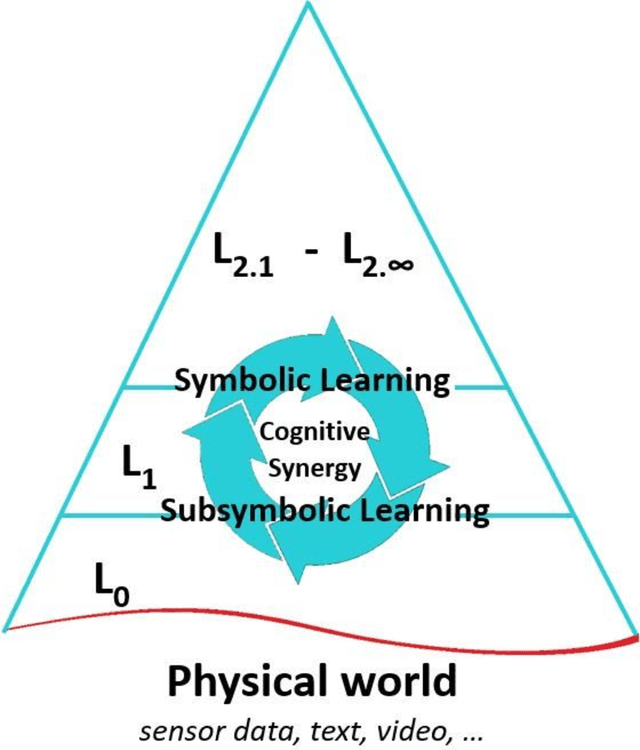

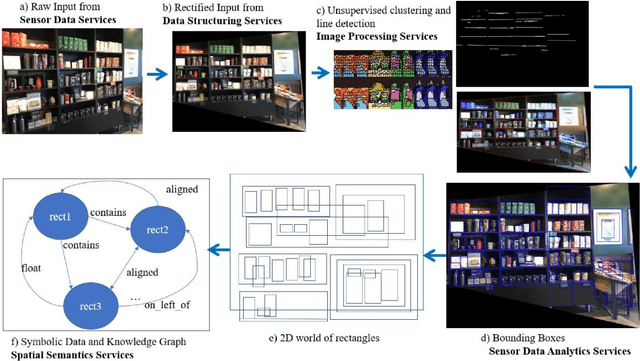
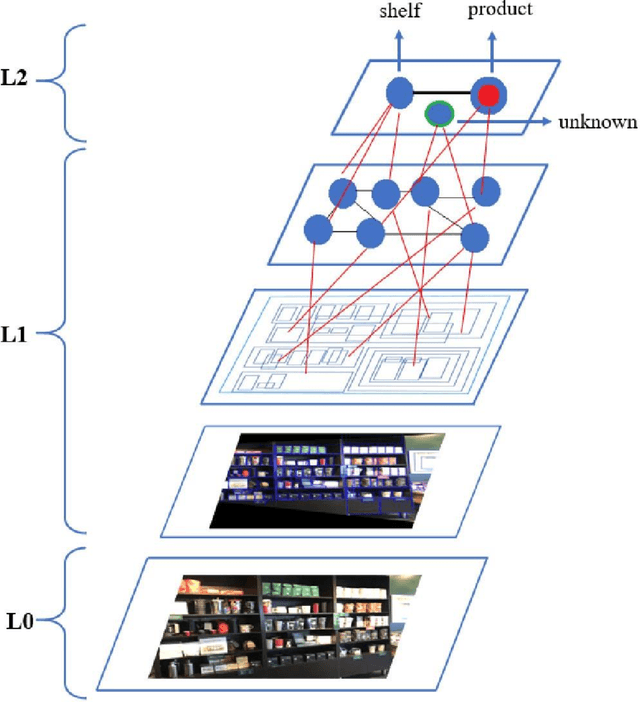
Abstract:A cognitive architecture aimed at cumulative learning must provide the necessary information and control structures to allow agents to learn incrementally and autonomously from their experience. This involves managing an agent's goals as well as continuously relating sensory information to these in its perception-cognition information stack. The more varied the environment of a learning agent is, the more general and flexible must be these mechanisms to handle a wider variety of relevant patterns, tasks, and goal structures. While many researchers agree that information at different levels of abstraction likely differs in its makeup and structure and processing mechanisms, agreement on the particulars of such differences is not generally shared in the research community. A binary processing architecture (often referred to as System-1 and System-2) has been proposed as a model of cognitive processing for low- and high-level information, respectively. We posit that cognition is not binary in this way and that knowledge at any level of abstraction involves what we refer to as neurosymbolic information, meaning that data at both high and low levels must contain both symbolic and subsymbolic information. Further, we argue that the main differentiating factor between the processing of high and low levels of data abstraction can be largely attributed to the nature of the involved attention mechanisms. We describe the key arguments behind this view and review relevant evidence from the literature.
A Metamodel and Framework for Artificial General Intelligence From Theory to Practice
Feb 11, 2021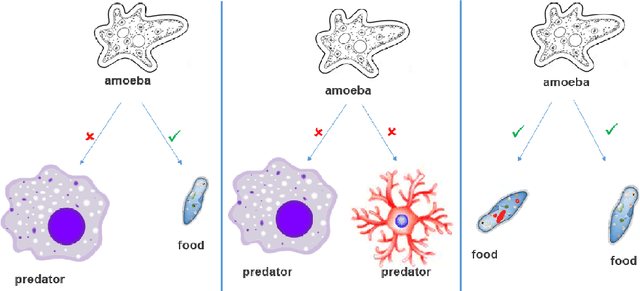

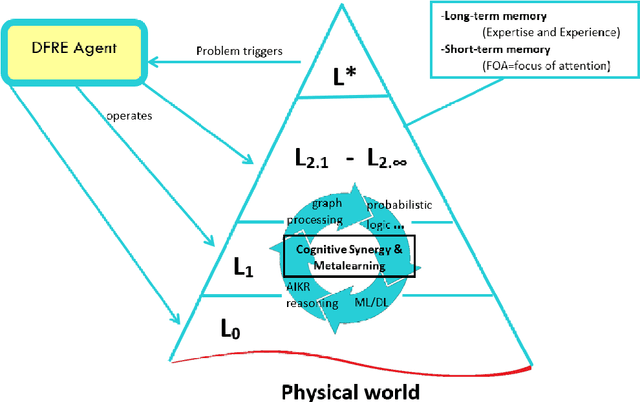
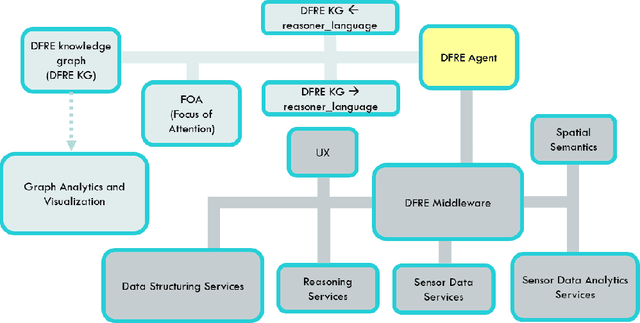
Abstract:This paper introduces a new metamodel-based knowledge representation that significantly improves autonomous learning and adaptation. While interest in hybrid machine learning / symbolic AI systems leveraging, for example, reasoning and knowledge graphs, is gaining popularity, we find there remains a need for both a clear definition of knowledge and a metamodel to guide the creation and manipulation of knowledge. Some of the benefits of the metamodel we introduce in this paper include a solution to the symbol grounding problem, cumulative learning, and federated learning. We have applied the metamodel to problems ranging from time series analysis, computer vision, and natural language understanding and have found that the metamodel enables a wide variety of learning mechanisms ranging from machine learning, to graph network analysis and learning by reasoning engines to interoperate in a highly synergistic way. Our metamodel-based projects have consistently exhibited unprecedented accuracy, performance, and ability to generalize. This paper is inspired by the state-of-the-art approaches to AGI, recent AGI-aspiring work, the granular computing community, as well as Alfred Korzybski's general semantics. One surprising consequence of the metamodel is that it not only enables a new level of autonomous learning and optimal functioning for machine intelligences, but may also shed light on a path to better understanding how to improve human cognition.
 Add to Chrome
Add to Chrome Add to Firefox
Add to Firefox Add to Edge
Add to Edge